Muhammad Golam Kibria
A deep learning approach for brain tumor detection using magnetic resonance imaging
Oct 25, 2022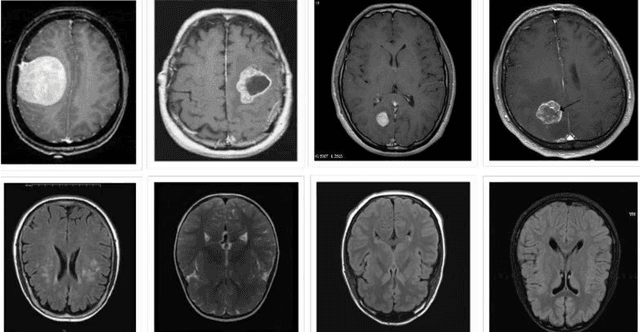
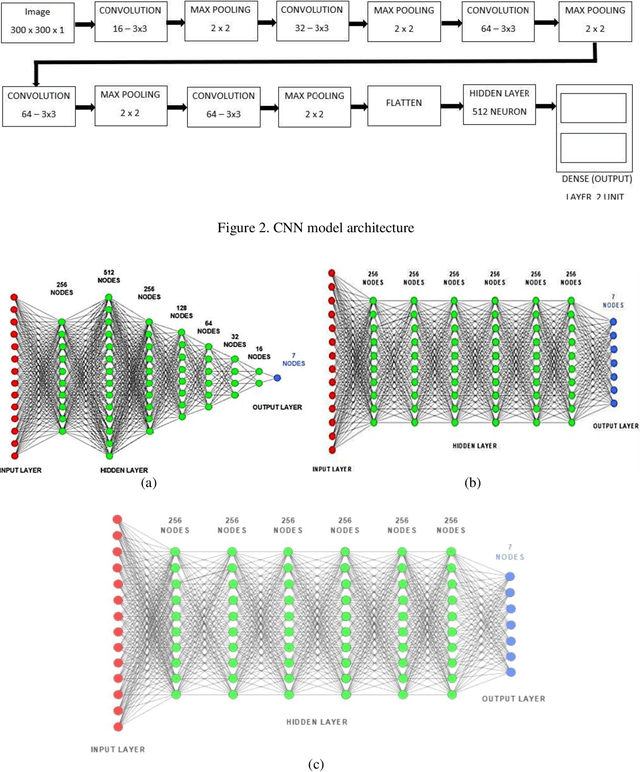
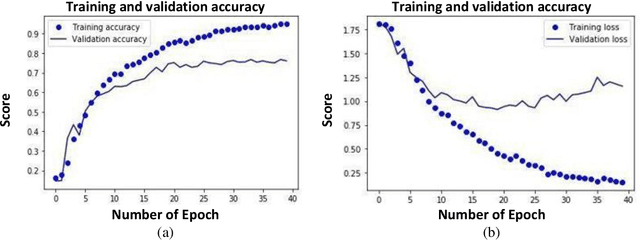

Abstract:The growth of abnormal cells in the brain's tissue causes brain tumors. Brain tumors are considered one of the most dangerous disorders in children and adults. It develops quickly, and the patient's survival prospects are slim if not appropriately treated. Proper treatment planning and precise diagnoses are essential to improving a patient's life expectancy. Brain tumors are mainly diagnosed using magnetic resonance imaging (MRI). As part of a convolution neural network (CNN)-based illustration, an architecture containing five convolution layers, five max-pooling layers, a Flatten layer, and two dense layers has been proposed for detecting brain tumors from MRI images. The proposed model includes an automatic feature extractor, modified hidden layer architecture, and activation function. Several test cases were performed, and the proposed model achieved 98.6% accuracy and 97.8% precision score with a low cross-entropy rate. Compared with other approaches such as adjacent feature propagation network (AFPNet), mask region-based CNN (mask RCNN), YOLOv5, and Fourier CNN (FCNN), the proposed model has performed better in detecting brain tumors.
Blockchain associated machine learning and IoT based hypoglycemia detection system with auto-injection feature
Jul 27, 2022

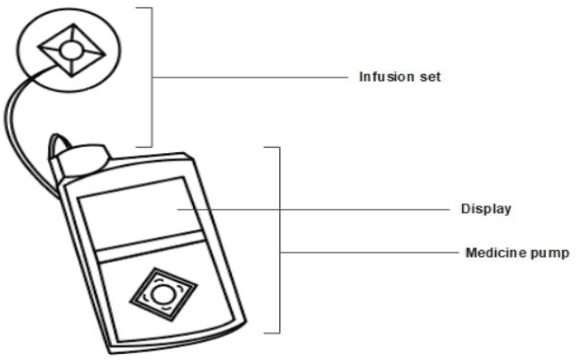
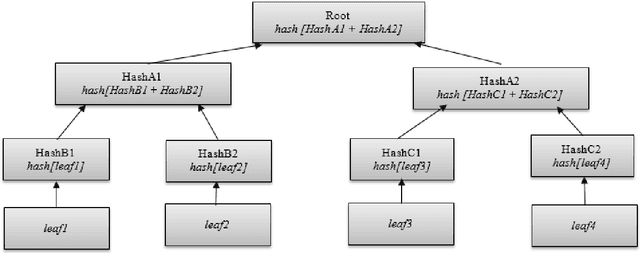
Abstract:Hypoglycemia is an unpleasant phenomenon caused by low blood glucose. The disease can lead a person to death or a high level of body damage. To avoid significant damage, patients need sugar. The research aims at implementing an automatic system to detect hypoglycemia and perform automatic sugar injections to save a life. Receiving the benefits of the internet of things (IoT), the sensor data was transferred using the hypertext transfer protocol (HTTP) protocol. To ensure the safety of health-related data, blockchain technology was utilized. The glucose sensor and smartwatch data were processed via Fog and sent to the cloud. A Random Forest algorithm was proposed and utilized to decide hypoglycemic events. When the hypoglycemic event was detected, the system sent a notification to the mobile application and auto-injection device to push the condensed sugar into the victims body. XGBoost, k-nearest neighbors (KNN), support vector machine (SVM), and decision tree were implemented to compare the proposed models performance. The random forest performed 0.942 testing accuracy, better than other models in detecting hypoglycemic events. The systems performance was measured in several conditions, and satisfactory results were achieved. The system can benefit hypoglycemia patients to survive this disease.
 Add to Chrome
Add to Chrome Add to Firefox
Add to Firefox Add to Edge
Add to Edge